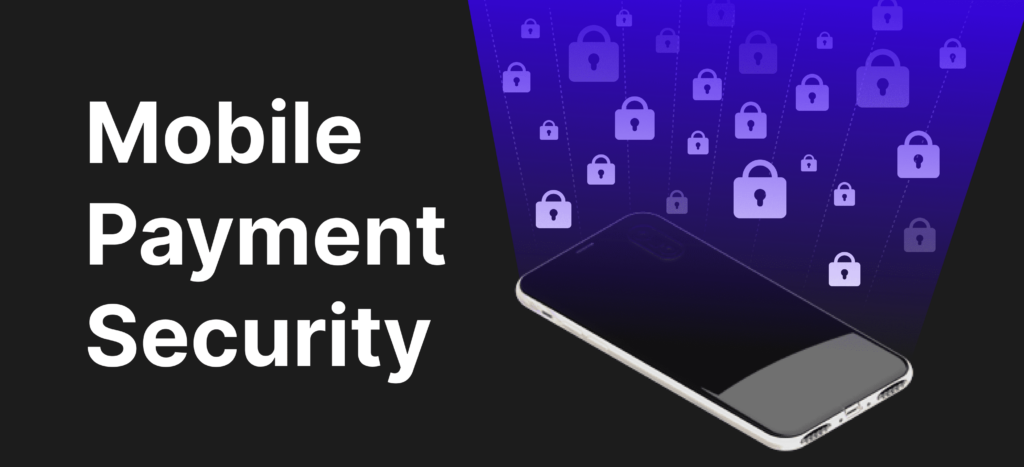Mobile Payment Security
Learn to secure mobile payment systems and protect users’ financial transactions from cyber threats.
With the rapid growth of mobile payments, ensuring the security of these transactions is more critical than ever. This course will guide you through the essential security measures required to protect mobile payment platforms, understand vulnerabilities, and implement best practices to safeguard users’ financial data. Gain the expertise needed to mitigate risks and ensure safe and secure mobile payment experiences.
What is Payment Security ?
Payment Security refers to the practices, technologies, and regulations designed to protect sensitive financial information during transactions. Whether payments are made online, in-store, or through mobile devices, payment security ensures that customer data, such as credit card numbers and personal information, is protected from theft, fraud, and unauthorized access.
With the rise of digital commerce and mobile payments, robust payment security measures are essential to safeguard users and maintain trust between businesses and consumers.
Key Components of Payment Security
- Encryption: Converts sensitive data into unreadable formats during transmission, ensuring that intercepted information cannot be understood.
- Tokenization: Replaces sensitive payment information with unique tokens, minimizing the risk of exposure during transactions.
- Secure Payment Gateways: Platforms that process payments while encrypting and securely transmitting data between merchants and banks.
- Multi-Factor Authentication (MFA): Adds an additional layer of protection by requiring users to verify their identity through multiple methods (e.g., OTPs or biometrics).
- PCI DSS Compliance: Adherence to the Payment Card Industry Data Security Standard, which mandates guidelines for handling and storing payment information securely.
What the Course Offers ?
Overview of Mobile Payment Systems
“Learn the fundamentals of mobile payment systems, including NFC, QR codes, and digital wallets, and how they work to enable seamless transactions.”Mobile Payment Security Challenges
“Understand the unique security challenges that mobile payments face, such as fraud, data breaches, and malware, and learn how to address these vulnerabilities.”Cryptography in Mobile Payments
“Explore the role of encryption, tokenization, and secure payment protocols like EMV, PCI-DSS, and 3D Secure in securing mobile payment transactions.”Authentication and Authorization Methods
“Master the various authentication methods used in mobile payments, including biometric authentication, two-factor authentication (2FA), and secure key management.”Risk Management and Threat Mitigation
“Learn how to assess risks in mobile payment environments and implement effective strategies to mitigate threats like man-in-the-middle (MITM) attacks and payment fraud.”Compliance and Regulatory Standards
“Familiarize yourself with industry regulations and standards such as PCI-DSS, GDPR, and PSD2, and understand their role in mobile payment security.”Securing Mobile Payment Apps and Platforms
“Learn the best practices for securing mobile payment applications and platforms, including secure coding, secure data storage, and vulnerability testing.”

Our Approach
Our course delivers three key components
Understanding Mobile Payment Systems and Their Risks
- What You’ll Learn:
“Gain an understanding of mobile payment ecosystems and the key security risks associated with mobile transactions, including payment fraud and data interception.” - Why It’s Important:
“A comprehensive understanding of mobile payment systems and their inherent risks helps you identify security gaps and implement effective security measures.”
Cryptography and Secure Transactions
- What You’ll Learn:
“Learn how encryption and tokenization ensure secure payment processing and protect sensitive user data during transactions.” - Why It’s Important:
“Cryptographic techniques are at the heart of securing mobile payments, and understanding them ensures that data remains confidential and tamper-proof.”
Building Secure Mobile Payment Applications
- What You’ll Learn:
“Learn how to build secure mobile payment applications by following secure coding practices, performing vulnerability assessments, and testing for security flaws.” - Why It’s Important:
“Mobile apps are often targeted by attackers. Building security into the app development lifecycle ensures that apps are resilient against threats.”
Benefits of This Course
Hands-On Mobile Payment Security Skills
Gain practical experience in securing mobile payment systems and learn how to implement real-world security solutions to protect user data.
In-Depth Knowledge of Cryptographic Techniques
Understand the critical cryptographic protocols used in mobile payments, enabling you to protect sensitive data and prevent fraud.
Compliance with Industry Standards
Ensure that mobile payment systems are compliant with essential regulations such as PCI-DSS and GDPR to meet industry standards and avoid legal repercussions.
Expert Guidance on Risk Management
Learn how to identify, assess, and mitigate risks in mobile payment environments to reduce exposure to threats and vulnerabilities.
Enhanced Mobile App Security
Master secure development practices for mobile payment apps, ensuring that they are resistant to security breaches and fraud.
Career Advancement in Payment Security
Develop specialized skills in mobile payment security, opening doors to roles in cybersecurity, mobile app development, and financial technology (FinTech).
Real-World Simulations and Case Studies
Participate in simulations and study real-world case studies of mobile payment breaches to understand how vulnerabilities are exploited and how to prevent them.
Conclusion
As mobile payments continue to evolve and become more widely used, securing these systems is of utmost importance. This course provides you with the tools and knowledge needed to safeguard mobile payment platforms, protect user data, and comply with industry standards. Whether you’re a developer, security professional, or anyone working with mobile payment systems, this course will help you build the expertise to prevent fraud, data breaches, and other cyber threats. Start your journey to becoming a mobile payment security expert today!